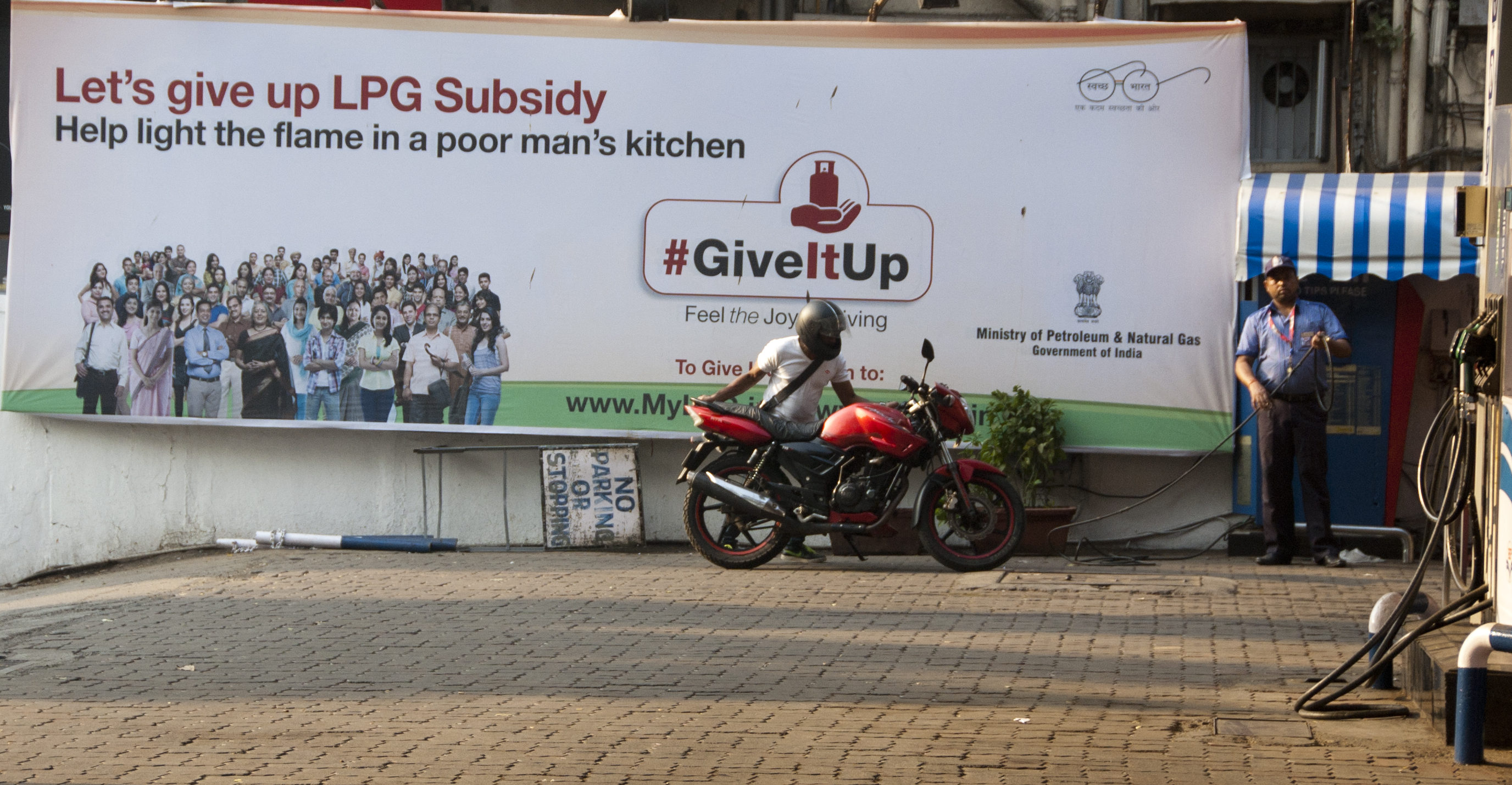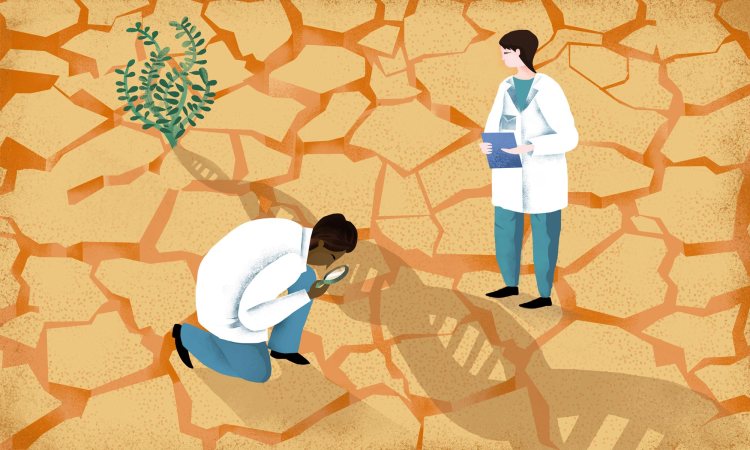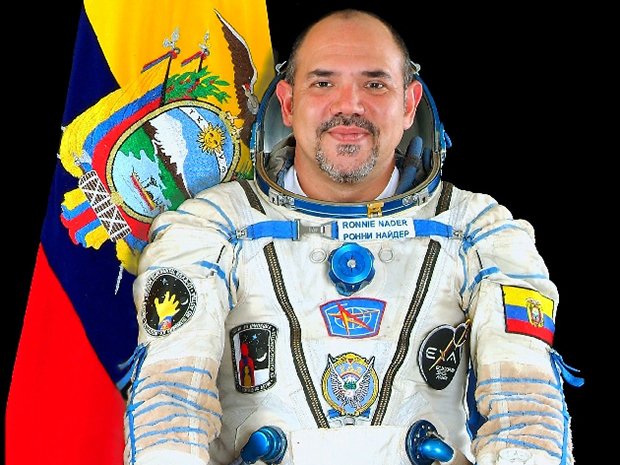The hum of Gurumoorthy Sethuraman’s 10-horsepower (7.46 kW) irrigation pumps joins the murmur of nearby rivers in Arayapuram, India. Sethuraman, an experienced and successful farmer, plants alternating crops of rice and pulses each year in the southeast Indian state of Tamil Nadu. This bounty has enabled his family to send several of his grandchildren to study abroad in the United States and United Kingdom. Yet, by law, he and other commercial agriculture enterprise owners are not required to pay the utility that powers the 60 or so wells that irrigate his 15 hectares of land.
Continue reading India’s energy subsidy slowdown
Tag Archives: Development
Grow plants without water
Ever since humanity began to farm our own food, we’ve faced an unpredictable frenemy: rain. It comes and goes without much warning, and a field of lush leafy greens one year can crackle, dry up and blow away the next. Food security and fortunes depend on rain, and nowhere more so than in Africa, where 96% of farmland depends on rain instead of the irrigation common in more-developed places. It has consequences: South Africa’s ongoing drought — the worst in three decades — will cost it at least a quarter of its corn crop this year.
Biologist Jill Farrant (TED Talk: How we can make crops survive without water) of the University of Cape Town in South Africa says that nature has plenty of answers for people who want to grow crops in places with unpredictable rainfall. She is hard at work finding a way to take traits from rare wild plants that adapt to extreme desiccation and use them in food crops. As the Earth’s climate changes and rainfall becomes even less predictable in some places, those answers will grow even more valuable. “The type of farming I’m aiming for is literally so that people can survive as it’s going to get more and more dry,” Farrant says. Continue reading Grow plants without water
Ronnie Nader: Ecuador’s One-Man Space Program
Ronnie Nader is practically a one-man space program. Nader, a systems engineer and Ecuador’s only astronaut candidate, completed four years of cosmonaut training in Moscow in 2007, subsequently helped establish Ecuador’s own “vomit comet” zero-gravity training program, and managed the design, construction, launch, and operations of the country’s first two orbiting satellites in 2013. Continue reading Ronnie Nader: Ecuador’s One-Man Space Program
4G for All
Conventional cellphone networks aren’t for everybody. In the state of Oaxaca, Mexico, rural communities high in the Sierra Juárez mountains have been building their own 2G cellular networks using mostly open-source and low-cost software and hardware. These communities have liberated themselves from dependence on large commercial networks that had neglected their sparsely populated region.
They can do this in part thanks to software able to take over functions that once required hardware and to a parallel movement to make such software open source and almost free. So-called software-defined radios make it easier for tinkerers and researchers to prototype their own components for a 4G LTE technology cellular network. While a full open-source version of 4G LTE is not yet complete, a proposed agreement between some academic and industrial partners would ensure that open versions in the works will be interoperable with commercial systems. Continue reading 4G for All


